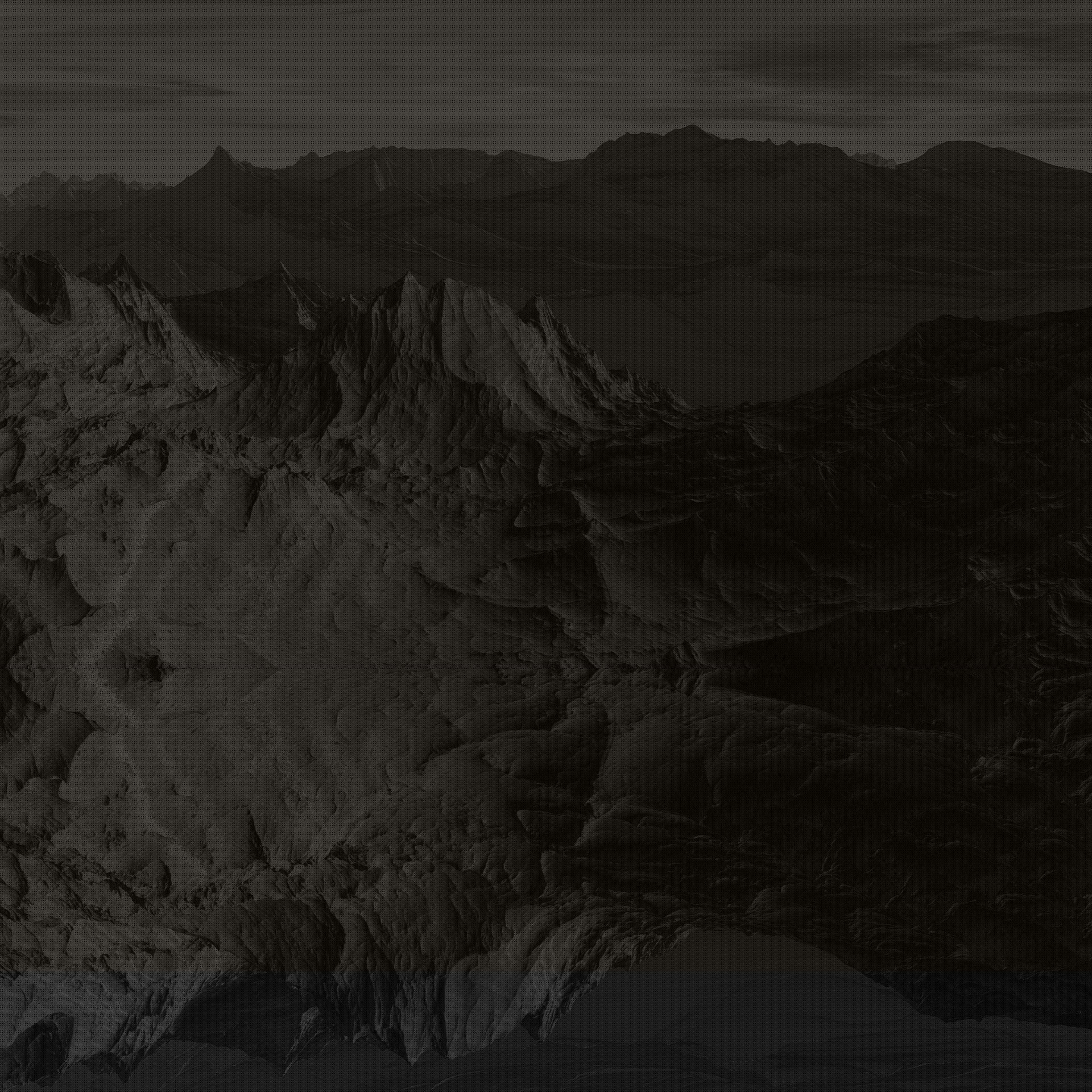Blind Spots
- Maxwell Daly
- Dec 11, 2024
- 3 min read
Unmasking Bias The Science of Hidden Blind Spots
In a world that is increasingly connected and diverse, understanding the biases we carry has never been more critical. These biases, often hidden and unconscious, shape our perceptions and actions in subtle yet significant ways. Educators, business leaders, and self-improvement enthusiasts alike must grapple with these hidden biases to foster environments of equality and inclusivity. This blog post aims to unveil the science behind these biases, offering insights and practical strategies for identifying and mitigating them.

Discovering the Blind Spots in Our Minds
Our minds are incredible machines, capable of processing vast amounts of information swiftly. However, they are not infallible. Within these complex cognitive processes lie blind spots — biases that we are often unaware of. These blind spots can affect our decisions and interactions, coloring them with the brush of unconscious bias.
Unconscious bias refers to the automatic judgments and attitudes we hold about others based on factors like age, gender, race, and more. These biases are not deliberate; rather, they are the result of societal conditioning and personal experiences. For instance, someone might unconsciously associate leadership with masculinity due to prevailing cultural narratives. Recognizing these blind spots is the first step toward addressing them.
The Science Behind Unconscious Bias
The roots of unconscious bias are deeply embedded in the brain's functioning. Psychological and neuroscientific research sheds light on how these biases form and persist. One groundbreaking tool in this research is the Implicit Association Test (IAT), developed by psychologists Mahzarin R. Banaji and Anthony G. Greenwald. The IAT measures the strength of associations between concepts, revealing unconscious biases that individuals may not be consciously aware of.
Studies have shown that these biases are hardwired into our brains, serving as shortcuts for processing information quickly. While these shortcuts can be useful in some situations, they often lead to stereotyping and unfair judgments. For example, the preference for one's own racial group, known as in-group bias, can occur without conscious intent, impacting decisions in hiring or admissions processes.
The Impact of Biases in Decision-Making and Society
Unconscious biases have far-reaching implications across various domains. In education, biases can affect teacher expectations and student outcomes, perpetuating achievement gaps. Business leaders may unknowingly favor certain employees, leading to lack of diversity in leadership positions.
In personal development, self-improvement enthusiasts may find their growth stunted by biases that limit their perceptions of what they can achieve. Recognizing these biases is crucial for creating fair and equitable environments. By understanding the science behind these biases, individuals and organizations can work toward minimizing their impact.
Identifying and Mitigating Biases Practical Strategies
Addressing unconscious bias requires intentional effort and commitment. Here are some practical strategies for identifying and mitigating biases:
Self-Reflection: Encourage regular self-reflection to become aware of potential biases. Reflect on personal experiences and interactions to uncover hidden assumptions.
Education and Training: Participate in training programs designed to raise awareness of unconscious biases. These programs can provide valuable insights and tools for managing biases in the workplace and beyond.
Feedback and Accountability: Create a culture of feedback where peers can hold each other accountable for biased behaviors. Constructive feedback helps individuals recognize and correct their biases.
Diversify Experiences: Engage with diverse groups and perspectives to challenge existing biases. Exposure to different cultures and ideas broadens understanding and reduces stereotypes.
Mindful Decision-Making: Adopt decision-making processes that involve diverse perspectives and data-driven analysis. Mindfulness in decision-making can counteract the influence of biases.
Biases and Diversity and Inclusion
Understanding and addressing unconscious biases are integral to promoting diversity and inclusion. Biases can hinder efforts to create equitable environments if left unchecked. Educators, business leaders, and self-improvement enthusiasts must actively work to recognize and mitigate these biases.
Inclusive practices, such as equitable hiring processes and inclusive curricula, play a vital role in countering biases. By acknowledging the impact of biases on diversity and equality, individuals and organizations can take meaningful steps toward creating inclusive spaces.
Conclusion
In a world that values equality and inclusivity, understanding unconscious bias is essential. These biases, often hidden in the recesses of our minds, impact decisions, behaviors, and interactions. By unmasking these biases, individuals and organizations can take proactive steps to counteract their effects.
Engage in ongoing self-reflection and education to uncover blind spots and foster a more inclusive society. Explore resources and training programs to deepen your understanding of biases and diversity. Here's to embarking on a journey of self-discovery and transformation.
Ready to continue your exploration? Visit Amazon.com to find recommended books and resources for further learning on unconscious bias and diversity. Together, let's build a more equitable world, one conversation at a time.

תגובות